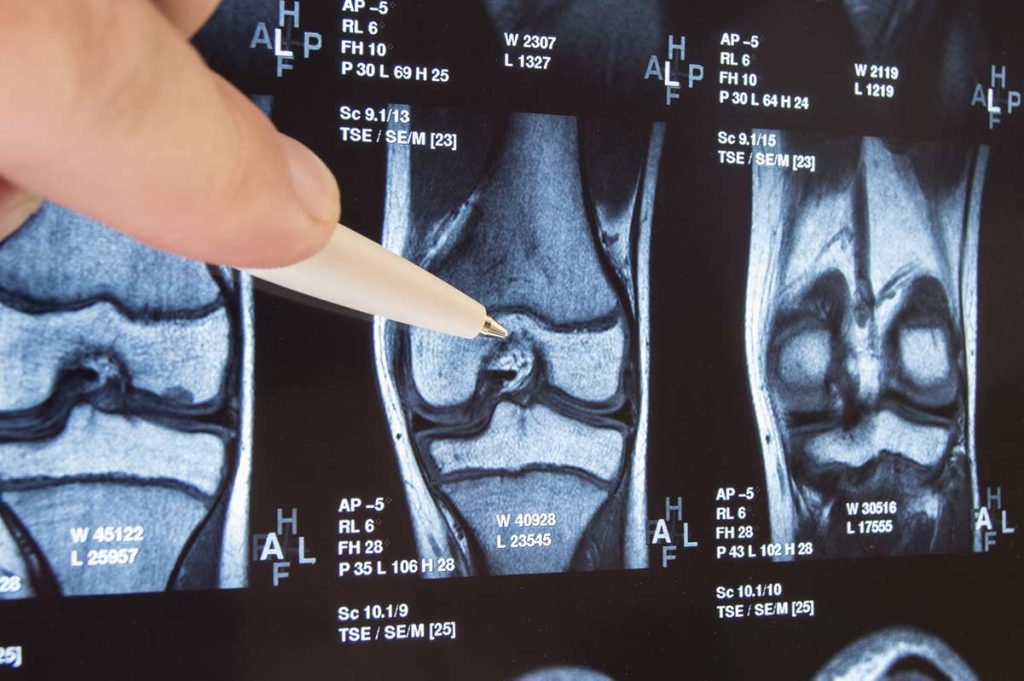According to the CDC, it’s the most common type of arthritis, affecting over 32.5 million US adults.
Laboring hard and for long hours is not an option for most people. It’s necessary if you want to earn a living and meet tight deadlines. On occasion, however, we overwork our bodies, and injuries result.
Osteoarthritis (OA) is among the most common and problematic conditions you can suffer if you push your body too hard while working. What is Osteoarthritis?

What Is Osteoarthritis?
Also commonly referred to as “wear and tear” arthritis, OA is a form of arthritis that occurs when the articular cartilage wears down. According to the CDC, it’s the most common type of arthritis, affecting over 32.5 million US adults. While OA can affect any joint, it occurs most frequently in the hand, finger, hip, spine, and knee joints.
Causes: OA commonly stems from joint overuse or injury. Other conditions that can cause it or make it more likely include genetic joint disorders, obesity, gout, diabetes, menopause, etc.
Signs of Osteoarthritis (OA)
Any of the following symptoms could be a sign of Osteoarthritis. Make sure you see a doctor right away if you experience any of them.
- Pain (arthralgia) in one or multiple joints.
- Joint pain and tightness after a long time of inactiveness.
- Joint tenderness (sore to touch).
- Reduced range of motion.
- Inflammation, which may lead to swelling in the affected joint.
In some cases, OA can also cause a reduced range of motion and disability; some employees cannot go back to work or perform daily tasks.
Who Are at Risk?
Occupational Osteoarthritis is not discriminatory. It can affect any worker regardless of their industry and type of work. That being said, you’re more likely to develop:
- Elbow, wrist, or shoulder osteoarthritis if you work with drills.
- Elbow osteoarthritis if you are a metal worker or stonemason.
- Finger or elbow osteoarthritis if you work with chain saws, grinders, or polishers with frequencies above 300 Hz.
- Hip, fingers, or knee osteoarthritis if you are a construction worker or landscaper who lifts and carries heavy loads.
- Finger osteoarthritis if you are a dressmaker, pianist, or typist.
Working outdoors during cold months can also increase your risk for Osteoarthritis.
Pursue Your Compensation
There is no cure for OA, only treatment. However, OA management and treatment can be expensive and increase financial pressure on your wallet and even your family. Fortunately, osteoarthritis treatment is generally covered under Missouri’s workers’ comp, meaning your employer’s workers’ comp insurer will take care of all your treatment expenses. Your benefits can also include total or partial disability payments.
It’s worth noting, however, that the insurer won’t accept your claim without putting up a fight. As such, you need to hire an attorney who can help you handle the insurance company and gather all the evidence you need to prove your condition is work-related.
St. Louis Work Comp Attorney
If you have suffered Osteoarthritis at work, consider retaining the help of the Law Office of James M. Hoffmann. Our Attorneys will help you file your claim and ensure you receive the compensation you deserve. Contact us today for a free case review.
